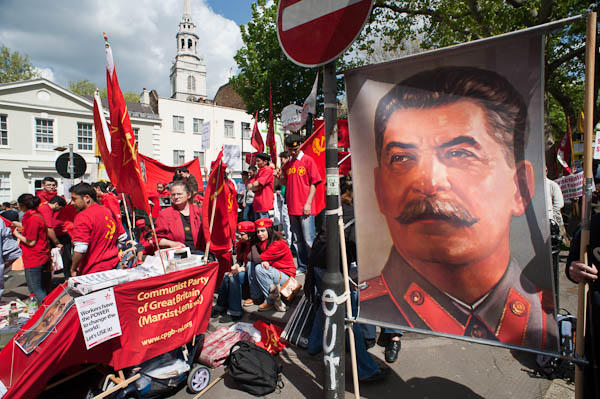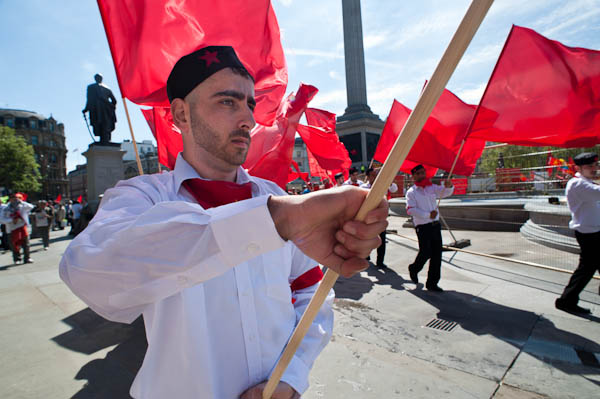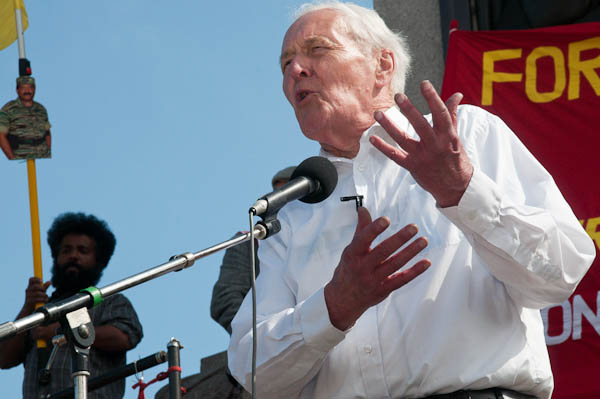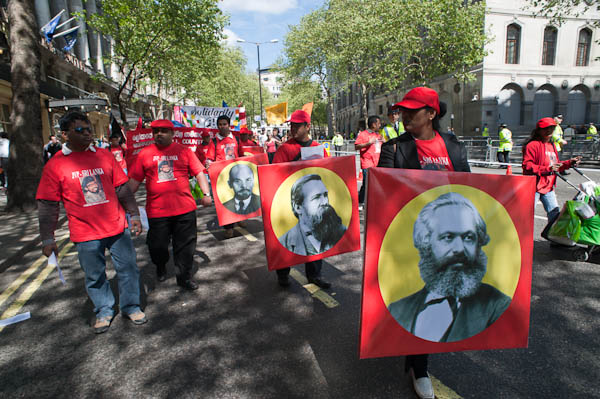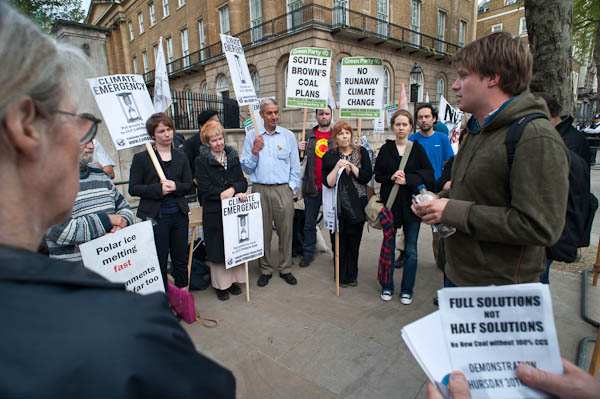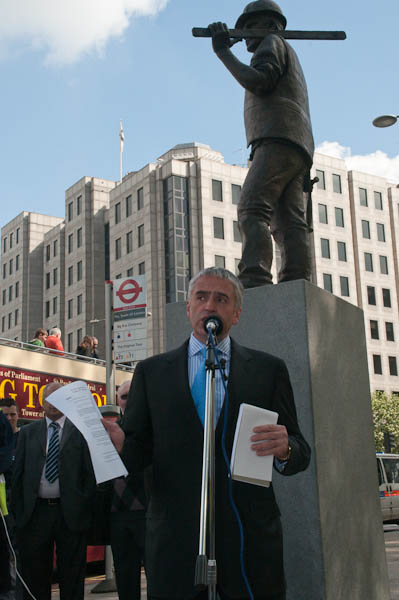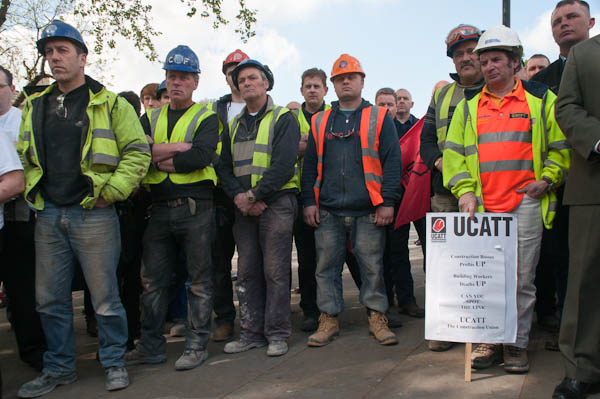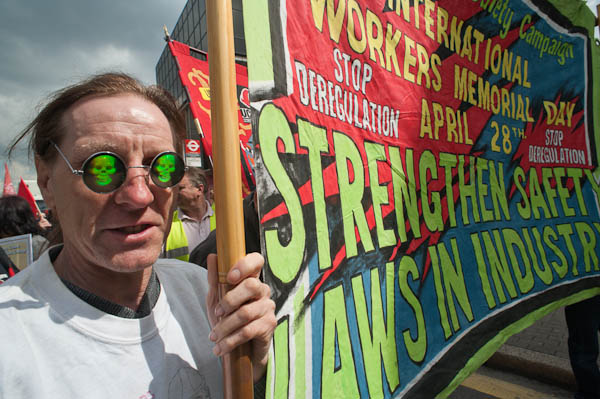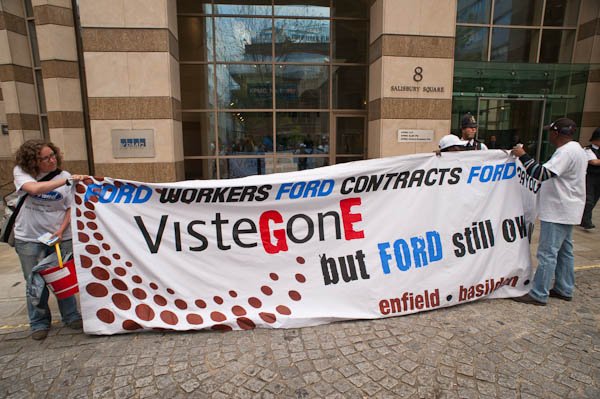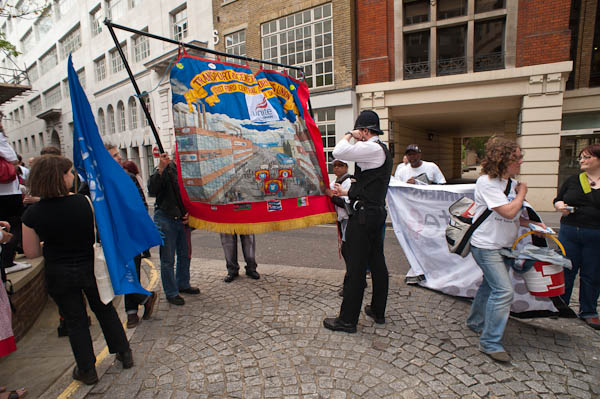I started photographing May Queen festivals in 2005, when writing a lecture about photographer Tony Ray Jones who died tragically young in 1972, I came across a picture he had taken at the London May Queen Festival in the 1960s. This seemed to fit rather nicely into the work I’d been trying to do about suburban life, and Google and a fair amount of persistence led me to take the train to Hayes, Kent, where I had found the annual crowning of the London May Queen was still taking place almost 40 years on.
Taking pictures of young girls isn’t always without problems, but I talked to people about what I wanted to do and most of them were happy – and certainly once they had seen the pictures from that event I got invitations to photograph at other May Queen events. By last year – when I photographed two events in April and three in May (as well as some maypole dancing) I felt I had enough work for an exhibition and book – but was disappointed when a show at a major venue was called off on financial grounds at the final stage. I’m still hoping it will happen at some point and a book still seems likely, though it may not be for several years.
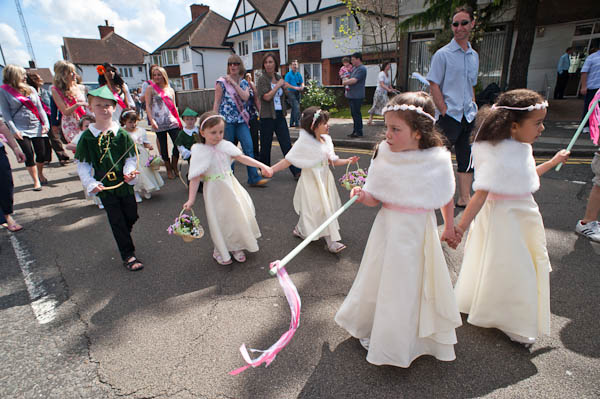
Procession in Banstead High St, 2009
This year I’ve been working on other things, but I decide to take another trip to Banstead, where I’d photographed their May Fayre in 2006, as this year they were celebrating their 25th May Queen. As well as this year’s May Queen there were ten previous Queens in the procession.
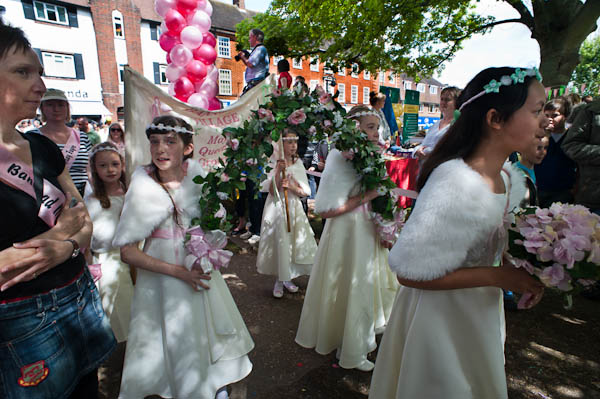
Entering the Orchard for the crowning ceremony
The May Queen plays an important part in the May Fayre at Banstead, which also involves many other local groups. In 2006 there had also been local press photographers taking pictures, but the local press has now more or less disappeared. Of course there were many amateurs taking pictures, doubtless some of them taking good pictures (as yet none appear to have found their way to Flickr) but I think it’s important to record events such as this as a part of a wider context.
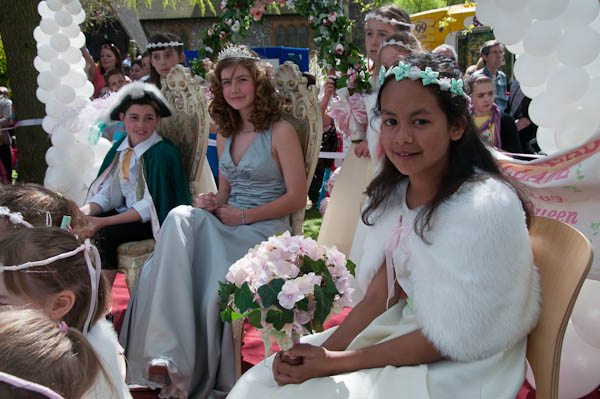
The May Queen (centre) now wearing her crown
More of my pictures from the event on My London Diary.
